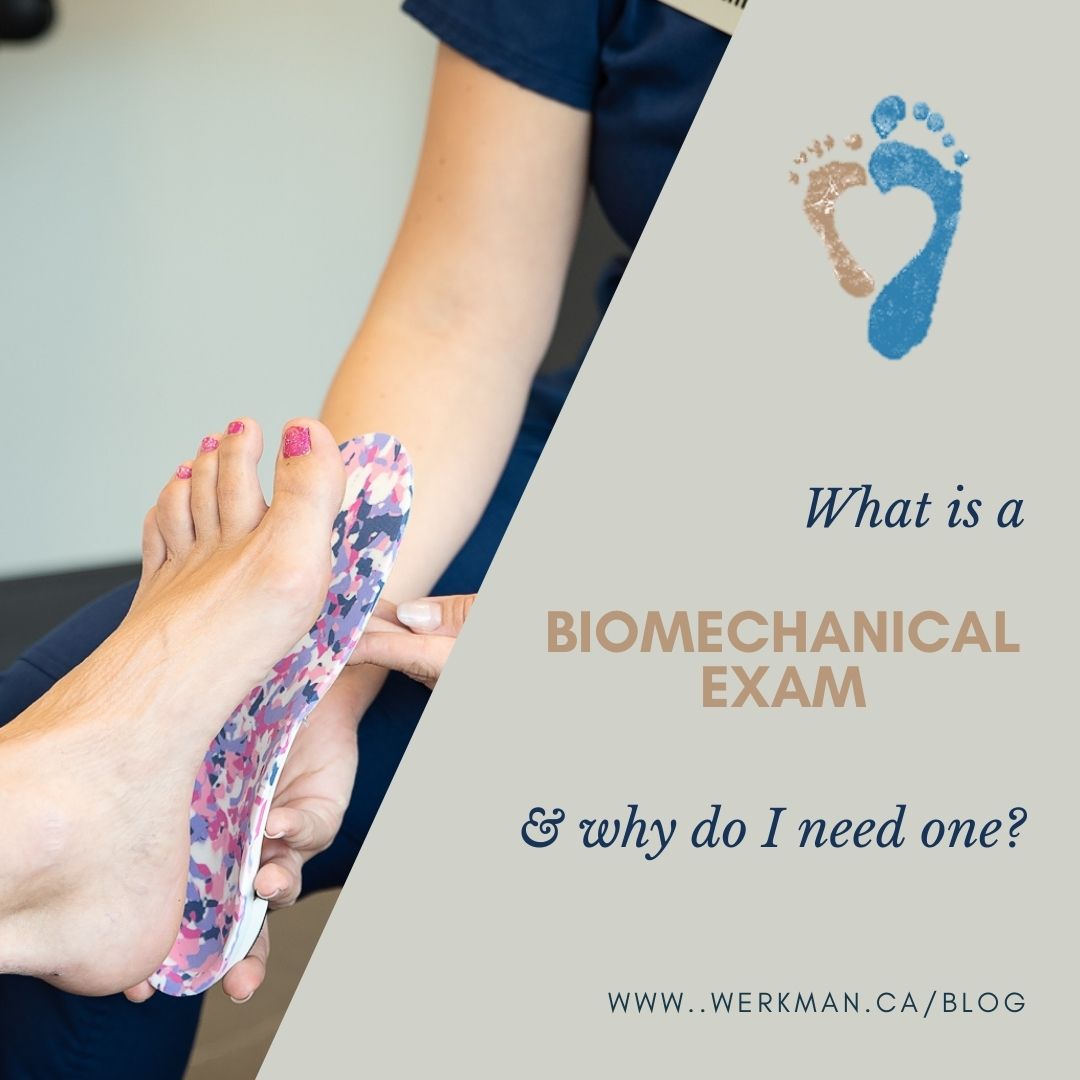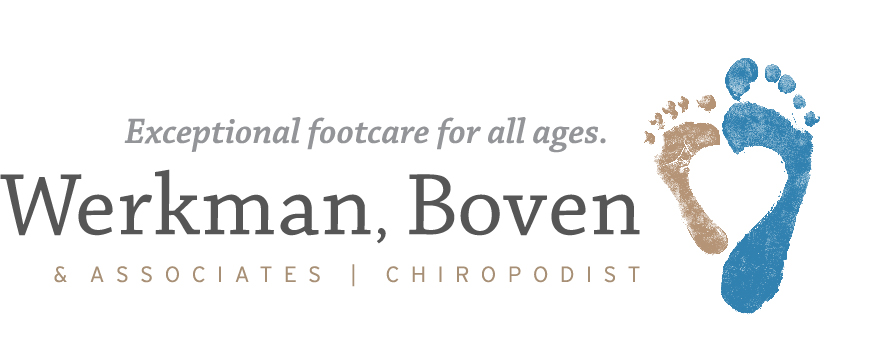What is a Biomechanical Exam & Why Do I Need One?

Biomechanics: Every Foot Pronates & Supinates
Pronation is the flattening of the arch after a person’s foot first strikes the ground. This motion acts as a significant shock absorber for foot and body. A typical person’s foot will pronate starting when the heel first hits the ground until before the heel lifts.
Supination is the opposite motion of pronation wherein the arch increases while the heel turns in. This allows the foot to be a more stable, rigid structure for when we push off. A typical person’s foot will supinate before the heel lifts off the ground and remain supinated until the heel strikes the ground again.
Isn’t it amazing how your foot’s strong and flexible design allows them to stabilize and lift your body’s weight and propel you forward while acting as a shock absorber! However, when your feet fail to function as designed, pain, diminished endurance and performance can occur. Chiropodists and Podiatrists are the only licensed and trained professionals who can assess improper pronation and supination of the foot. This assessment occurs during a biomechanical exam and gait analysis.
Biomechanical Exam: The In’s & Out’s
A biomechanical exam and gait analysis is a comprehensive assessment of your feet and ankles. Your Chiropodist will examine foot function, range of motion and your walking pattern. Your Chiropodist will ask you to remove your shoes so that they may examine your feet, looking for abnormalities and testing range of motion. They will ask you to stand barefoot and walk a short distance. If your Chiropodist notices any irregularities with your feet or gait, they may recommend custom-made orthotics.
Who would benefit from a biomechanical exam?
- Patients experiencing pain in the back, hips, knees, legs or feet
- Patients diagnosed with flat feet or high arches
- Excessive callus build-up or atypical wear on footwear
- Athlete’s looking to enhance their performance and prevent injuries
- Parents wondering what normal development of the feet looks like in children
How Do Custom-Made Orthotics Help?
Orthotics help control the foot’s range and speed of motion, thereby reducing abnormal stresses. The muscles that counteract the range of motion work overtime when a person overpronates or over supinates. This excess muscle contraction leads to inefficiency and fatigue. A foot with the proper biomechanics is much more efficient, requires less energy, and works pain-free. Chiropodists know how to design the correct custom-made orthotic device for you and will spend time with you to understand your specific needs and the type of shoe or boot you’ll be wearing.
Technology has advanced in recent years, allowing perfect 3D models of your feet without the use of messy plasters. Your Chiropodist will take neutral subtalar joint position negative impressions using a 3D scanner. These impressions are sent to an Offsite Accredited Lab to manufacture the orthotics. Custom-made orthotics are never taken “off the shelf,” and they are never shipped directly to you.
Orthotics are manufactured and shipped back to us in approximately two weeks. We then schedule you an appointment to fit your new custom-made orthotic to your footwear. Sometimes, small adjustments are needed to achieve the perfect fit. Our on-site equipment takes care of these modifications quickly and easily. We encourage a follow-up visit to check your orthotics’ function and comfort and make any adjustments at that time if needed.
If foot pain is something you have been living with, know that you are not alone. We can help! Please give our office a call and book your appointment with one of our professional Chiropodists today.



